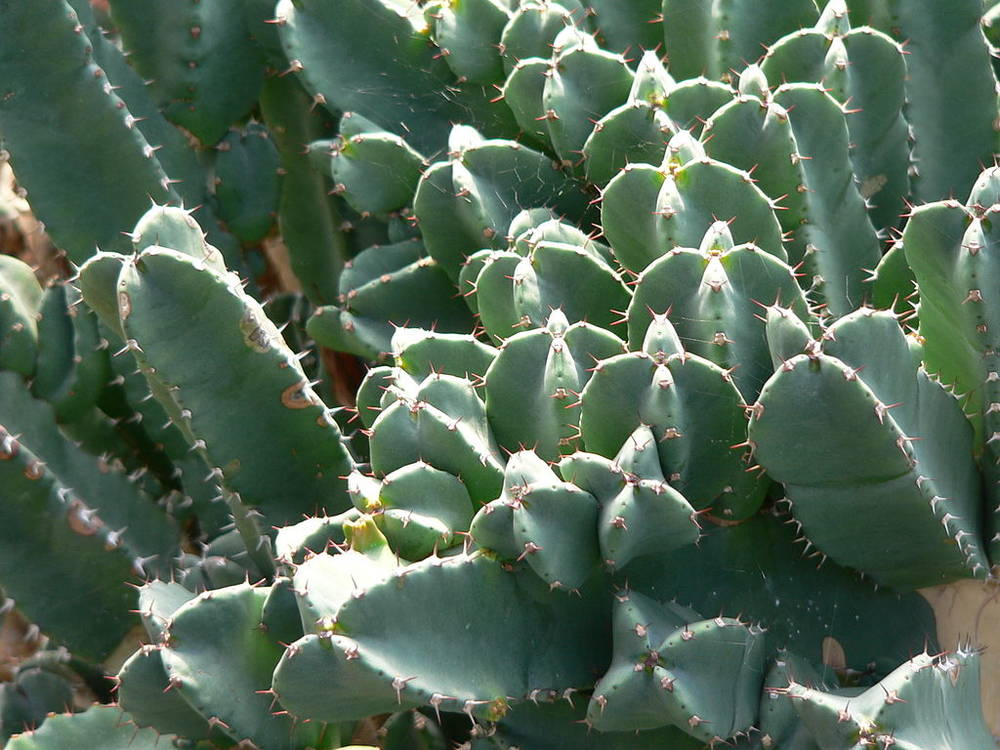Scientists from the University of Alabama (UA) have invented a new and bizarre technique to discover novel natural compounds in cells. It involves human, “zombie-like” cells that are technically no longer alive but their membranes continue to bind different and potentially useful compounds in samples. This technique may allow scientists to screen natural products for drugs at a faster pace.
The novel method uses magnetic nanoparticles coated with a biological cell membrane as a base to attach pharmacologically active compounds from natural organisms such as fungi and plants. It quickly sorts through thousands of compounds found in natural products and quickens a tedious task that usually slows drug discovery.
Researchers working on the project are Dr Lukasz M. Ciesla, UA assistant professor of biological sciences, and Dr Yuping Bao, UA associate professor of chemical and biological engineering. The lead author is Dr Jennifer Sherwood, a former researcher in Bao’s lab who earned her doctorate from UA in 2018. Their findings were published in the journal Nanoscale in April 2019.
“This solves one of the main problems and bottlenecks in drug discovery from natural products,” Ciesla said in a statement. “It dramatically speeds up the process of the identification of new drug leads.”
Testing out all possible pharmaceutically useful chemical compounds from the abundance of plants looks like a never-ending job. Although most of the drugs we use today were first identified in nature, nowadays, pharmaceutical research has turned mostly to libraries of synthesized chemical compounds. The richness of nature is in diversity. Also, plants produce compounds designed for a biological response.
“Plants produce chemicals with structures we cannot possibly imagine,” said Ciesla.
Today, the search for chemical compounds that shows pharmacological promise is done by isolating and screening them individually. That takes a lot of time and money since plants produce a vast amount of compounds. Ciesla and his coworkers saw a room for improvement and tested their idea. With ionic solvents, they leeched out the innards of a cell and wrapped the cell’s shell around iron oxide nanoparticles then inserted them into a plant extract.
According to the team, the encapsulation of the magnetic beads of iron oxide with a cell membrane keeps the function of the transmembrane proteins. They act as receptors for active compounds which bind to the coated nanoparticles. This “zombie” type of cell is no longer an active, alive human cell but has a functioning membrane. This is the main difference and advantage regarding other computational methods that simulate chemical interaction in one, static state.
“We have the receptor in its natural environment behaving the way it normally behaves in a cell,” he said.
If the natural extract contains any compound that can interact with the receptor, it will adhere to the surface of the nanoparticles. Later, a magnet can be used to separate the nanoparticles from the extract. After this step solvents can detach them and yield the possible pharmacologically active compounds. According to Ciesla, they used cell membranes with nicotinic receptors as a coating. Another advantage of this method is that any transmembrane receptor could be used as a way to search for compounds.
“The cool thing of this project is it’s not limited,” Bao said. “All you need to do is switch out the cell type, and you can fish out a different type of drug candidate.”
Although this method is only a first step in the process of creating drugs, Ciesla is confident it will make hard work of finding medicinal uses from natural products a lot more appealing. The process that previously took weeks, if not months, could be finished in just a few days.
Learn more about plants that make our lives safer in the video below:
By Andreja Gregoric, MSc










